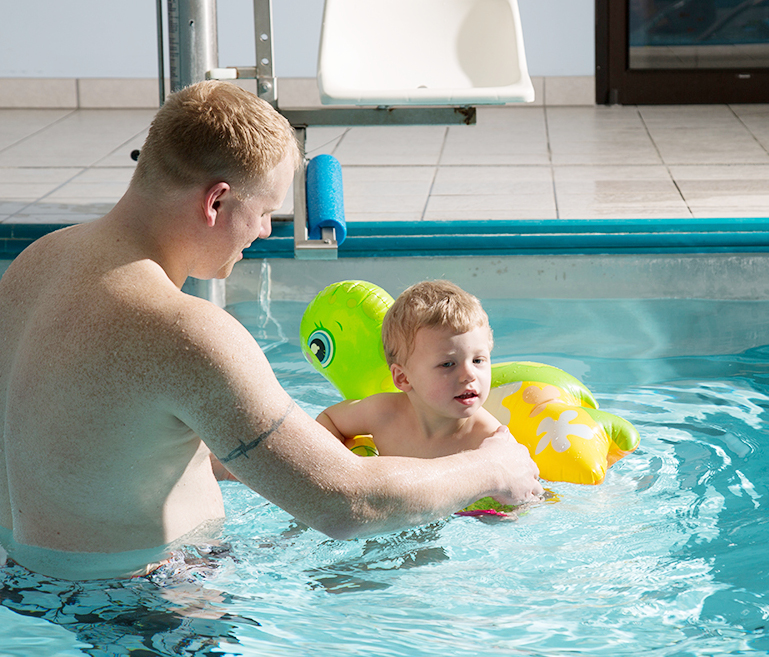Aquatic Therapy Helps Children and Adolescents
Does your child struggle with sensory processing, ADHD, Cerebral Palsy, Down syndrome or other cognitive or physical concerns? Does your child spend most of the day in a wheelchair? Do you have an adolescent showing signs of depression or anxiety?
How does aquatic therapy help children?
Aquatic therapy can help children and adolescents reach developmental milestones including both gross motor and fine motor development.
Children develop basic play skills and social interactions throughout aquatics, including solitary play and interactive play, as well as cooperative play.
They also can develop basic daily skills through aquatics randing from dressing and hygiene to chores and more.

Basic cognition can be addressed through aquatics. In the pool, skills practiced include attention and direction following as well as basic cognitive development.
Aquatics aids in self-regulation to those children with attention difficulties, behavioral concerns, and sensory concerns as the water addresses various aspects of the sensory system, including visual and auditory.
What types of approaches are used in aquatic therapy?
A number of approaches may be used for children and teens participating in aquatic therapy.
Some treatments may be more play-based, helping children engage with their therapist. Play-based interactions can carry over into interactions with peers and family members outside the therapeutic environment.
Another approach may be to include activities to improve overall strength, endurance, and coordination.
There are various techniques utilized in pediatric aqua therapy — techniques that can calm, improve coordination and balance, offer brain challenges, and assist with body control, basic academic skills, trunk stabilization, functional skills, reaching skills, and more.
Aquatic therapy techniques AiCHi, AiChiNe and Watsu are a few approaches which can improve posture, balance, body control, muscle strength, endurance, overall coordination, and attention span.
The techniques can help individuals with depression and/or anxiety. Aquatic therapy techniques work on breath and movements to align a child’s mind, body, and breathing. As a result, the aquatic therapy techniques can be used as relaxation techniques.
Aquatic therapy has numerous benefits for children, including those with physical, mental, emotional, or behavioral ailments.
Time in the aquatic therapy pool serves as a different therapy approach, one many children enjoy.
Aquatic therapy approaches can be individually tailored to meet the needs of each child or adolescent.
Aquatic therapy offered at Comprehensive Rehab
Comprehensive Rehab has an aquatic therapy pool and our therapists can help create an aquatic therapy approach for your child.
For more information about aquatic therapy or any other physical therapy programs offered, contact Comprehensive Rehab today.
